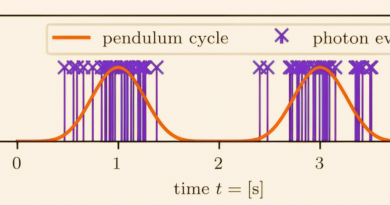Signs of Life on Mars? NASA’s Perseverance Rover Unearths Clues in Ancient Lake Sediments

In a discovery with groundbreaking potential, NASA’s Perseverance rover suggests signs of life on Mars, revealing enigmatic secrets within ancient lake sediments. However, certainty awaits confirmation through the retrieval of samples.
NASA’s Perseverance rover has made a groundbreaking discovery on Mars, uncovering evidence that the Jezero crater was once a water-filled region, sparking hope for potential ancient life on the Red Planet. Utilizing ground-penetrating radar, the rover exposed layers of sediment, indicating the presence of a vast lake that transformed into a substantial delta. Published in Science Advances on Jan. 26, these findings raise expectations for the geological samples collected by Perseverance, potentially containing clues about Martian life.
Lead author David Paige, a planetary science professor at UCLA, underscores the importance of exploring below the surface to unravel the formation of these deposits. As a pivotal component of NASA’s Mars 2020 mission, Perseverance has been diligently traversing the Jezero crater, collecting rock samples for future return to Earth.
Accompanied by the retired Ingenuity helicopter, Perseverance utilized the Radar Imager for Mars’ Subsurface Experiment (RIMFAX) to create a radar map, unveiling sediments indicative of the crater’s historical connection to a sprawling lake. These sediments, transported by a river forming a grand delta, underwent weathering and deposition during two distinct phases of erosion.
While water is fundamental for life on Earth, the discovery of water-related features on Mars heightens the potential for the planet harboring past life. However, concrete evidence of Martian life remains elusive.
To retrieve the precious samples collected by Perseverance, the rover awaits the European Space Agency’s (ESA) Sample Retrieval Lander, equipped with a rocket for sample transportation into orbit. The Earth-return orbiter (ERO) is then slated to collect the rocket-containing sample for a return flight to Earth. Initially set for a 2026 launch, the ERO’s schedule has been adjusted to 2028, with the earliest sample return to Earth possible in 2033.








